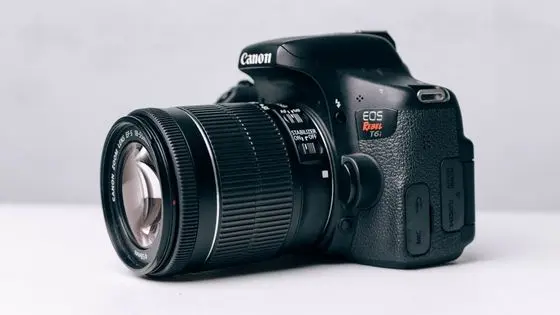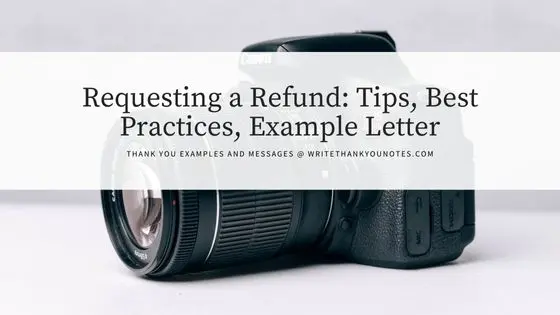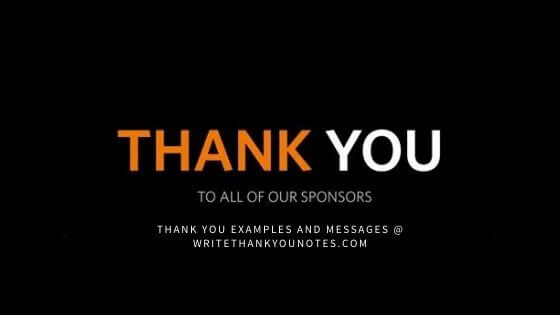Are you dissatisfied with a product or service you recently purchased? Perhaps it arrived damaged or didn’t live up to your expectations. Whatever the reason, if you’re looking to request a refund, you’re in the right place.
Here are some tips and best practices for successfully requesting a refund and give you a template for writing your own refund request to a manufacturer or seller.
Refunds & Understanding Your Consumer Rights
Before we dive into the specifics of requesting a refund, it’s important to understand your consumer rights.
In the United States, for example, there are a few laws that protect consumers in the event of a defective or unsatisfactory purchase. The Federal Trade Commission’s “Cooling-Off Rule,” for instance, gives consumers three days to cancel a purchase over $25 that was made in their home, workplace, or dormitory, or at a seller’s temporary location, like a hotel or convention center. Similarly, the Uniform Commercial Code gives consumers the right to reject goods that do not conform to the contract.
 Inspect all your purchases before using them, and keep the packaging around until the warranty expires.
Inspect all your purchases before using them, and keep the packaging around until the warranty expires.
I purchased a camera online from a popular retailer that shall not be named. The product description boasted about the camera’s high-quality lens and advanced features, but when I received it, I was disappointed to find that the camera was definitely not as described and likely was a knock-off product trying to pass as the real thing.
I had been misled by the product description (and beware of the fake reviews on Amazon) and decided to request a refund.
I contacted the seller and explained the situation. I provided evidence of the discrepancies between the product description and the actual product I received, as listed on the product itself.
At first, the representative I spoke with offered a partial refund and would not take responsibility citing a warehouse shipping issue, but I insisted that I was entitled to a full refund as the product was not as described. I was persistent but remained polite and respectful throughout the process.
After several back-and-forth emails and a phone call, the seller agreed to provide a full refund. I returned the camera and received the refund within a few days.
Although it was frustrating to receive a product that wasn’t as described, I learned that it’s important to stand up for your rights as a consumer and not settle for less than what you paid for, especially in the case of fraud.
Step 1. Check the Refund Policy
Before requesting a refund, make sure to review the refund policy of the company or seller you purchased from.
- Some businesses have strict refund policies that may require you to return the item within a certain time-frame or in its original packaging.
- Others may only offer store credit or exchanges.
- Knowing the refund policy beforehand can save you time and hassle in the long run.
Step 2. Gather Information Before Submitting a Refund Request
When requesting a refund, it’s important to have all the necessary information on hand. This may include the date of purchase, order number, product name and description, and any other relevant details. If you have any supporting documents, such as receipts or photographs of a damaged item, make sure to include those as well.
Step 3. Contact the Seller to Refund the Item
The first step in requesting a refund is to contact the seller or business. This can often be done through customer service or by filling out a form on their website. Be sure to provide all the necessary information, including why you are requesting a refund and what you would like to happen next. It’s important to be polite and professional in your communication.
Step 4. Be Patient After Your Refund Request
Once you’ve requested a refund, it’s important to be patient. Depending on the business and the circumstances, it may take several days or even weeks to receive a response. Avoid sending multiple requests or becoming confrontational.
Remember, the goal is to resolve the issue and receive a refund, not to escalate the situation.
Step 5. If Necessary, Escalate
If you’ve followed the above steps and have not received a satisfactory response, it may be necessary to escalate the issue. This could involve filing a complaint with a regulatory agency or seeking legal advice. However, it’s important to exhaust all other options before taking this step.
Conclusion
Requesting a refund can be a frustrating experience, but by following these tips and best practices, you can increase your chances of success. Remember to understand your consumer rights, check the refund policy, gather all necessary information, contact the seller, be patient, and escalate if necessary. With persistence and professionalism, you can resolve the issue and receive the refund you deserve.
Example of a Polite Refund Request for a Damaged Product
Dear [Seller’s Name],
I am writing to request a refund for a product I purchased from your store. Unfortunately, the product arrived damaged and is unusable.
The product I purchased was [Product Name] and I received it on [Date Received]. When I opened the package, I noticed that the [Describe the damage in detail].
I have attached photographs of the damage for your reference. As the product is unusable, I would like to request a full refund.
I would appreciate it if you could respond to this request as soon as possible and let me know the next steps for returning the product and receiving the refund.
Thank you for your attention to this matter.
Sincerely,
[Your Name]
FAQs on Requesting Refunds
Q: What should I do if the seller refuses to provide a refund?
A: If the seller refuses to provide a refund and you believe you are entitled to one, you may need to escalate the issue to a regulatory agency or seek legal advice.
Q: Can I request a refund if I simply change my mind about a purchase?
A: Refund processes depend on the seller’s refund policy. Some businesses may allow refunds for any reason, while others may only offer refunds for defective or unsatisfactory products.
Q: How long does it typically take to receive a refund?
A: The time-frame for receiving a refund can vary depending on the seller and the circumstances. It may take several days or even weeks to receive a response and a refund, while others immediately refund your purchase. Be patient and follow up with the seller if necessary.
Q: Should I contact the seller, or the manufacturer, for a refund?
A: The refund process depends on the product and the circumstances: if the product is still under warranty, you may need to contact the manufacturer. Otherwise, it’s usually best to contact the seller or retailer you purchased from.
Q: Can I request a refund if I lost the receipt?
A: It may be more difficult to request a refund without a receipt, but it’s still worth contacting the seller or retailer. For example, retailers like Costco accept returns without receipts, for better or worse. Your seller may be able to look up the purchase using other information, such as your credit card, loyalty number or email address, if you no longer have your receipt.
Q: What should I do if the seller offers a partial refund?
A: If the seller offers a partial refund but you believe you are entitled to a full refund, you can try negotiating or escalating the issue. Be sure to provide evidence to support your claim.
Q: What should I do if the product arrived damaged?
A: If the product arrived damaged, take photographs and contact the seller or retailer immediately. They may ask you to return the item for a replacement or refund.
Related: Thank-you note etiquette. If you’re writing a refund letter in response to a request, we’ve got you covered with refund letter examples.



